Pair of Anthropomorphic “Moor’s Head” Planters
Polychrome ceramic, Caltagirone, Sicily, mid-20th century
Striking pair of ceramic vases representing anthropomorphic Moor’s heads, handcrafted and hand-painted in Caltagirone, a renowned center for Sicilian ceramics. Likely dating from the mid-20th century, these pieces were modeled in clay and painted under glaze. The surface crackling suggests a raku-style firing, adding character and authenticity.
Man: 39 x 33 x 30 cm
Woman: 39 x 28 x 26 cm
Condition: Good overall condition (see photos)
These vases are more than decorative objects—they are deeply rooted in Sicilian folklore.
The Legend of the Teste di Moro
The tradition of Teste di Moro (Moor’s heads) is emblematic of Sicilian identity and craft. Originating in medieval Palermo, the legend tells of a beautiful young Sicilian woman who fell in love with a Moor. Upon discovering that he was married and preparing to leave her, she killed him in his sleep, cut off his head, and used it as a pot for her basil plant. The plant thrived, and neighbors, captivated by the beauty of the pot, began to create their own head-shaped planters.
Over time, these figures became symbols of passion, betrayal, and Sicilian resilience. They now represent the multicultural heritage of Sicily, shaped by Arab, Norman, Byzantine, and Spanish influences.
Features of the Teste di Moro
Typically produced as a male-female pair, each with distinct features: the man often bears a turban and facial hair, while the woman wears elaborate headdresses and jewelry.
Made in majolica-glazed ceramic, decorated with rich colors, jewels, and crowns.
Frequently used as planters, often for basil as a nod to the legend, or as statement pieces in Mediterranean interiors.
Shipping and Packaging
Collection: Free
Delivery in Belgium: €50
France: €80
Europe: €120
Worldwide: €350



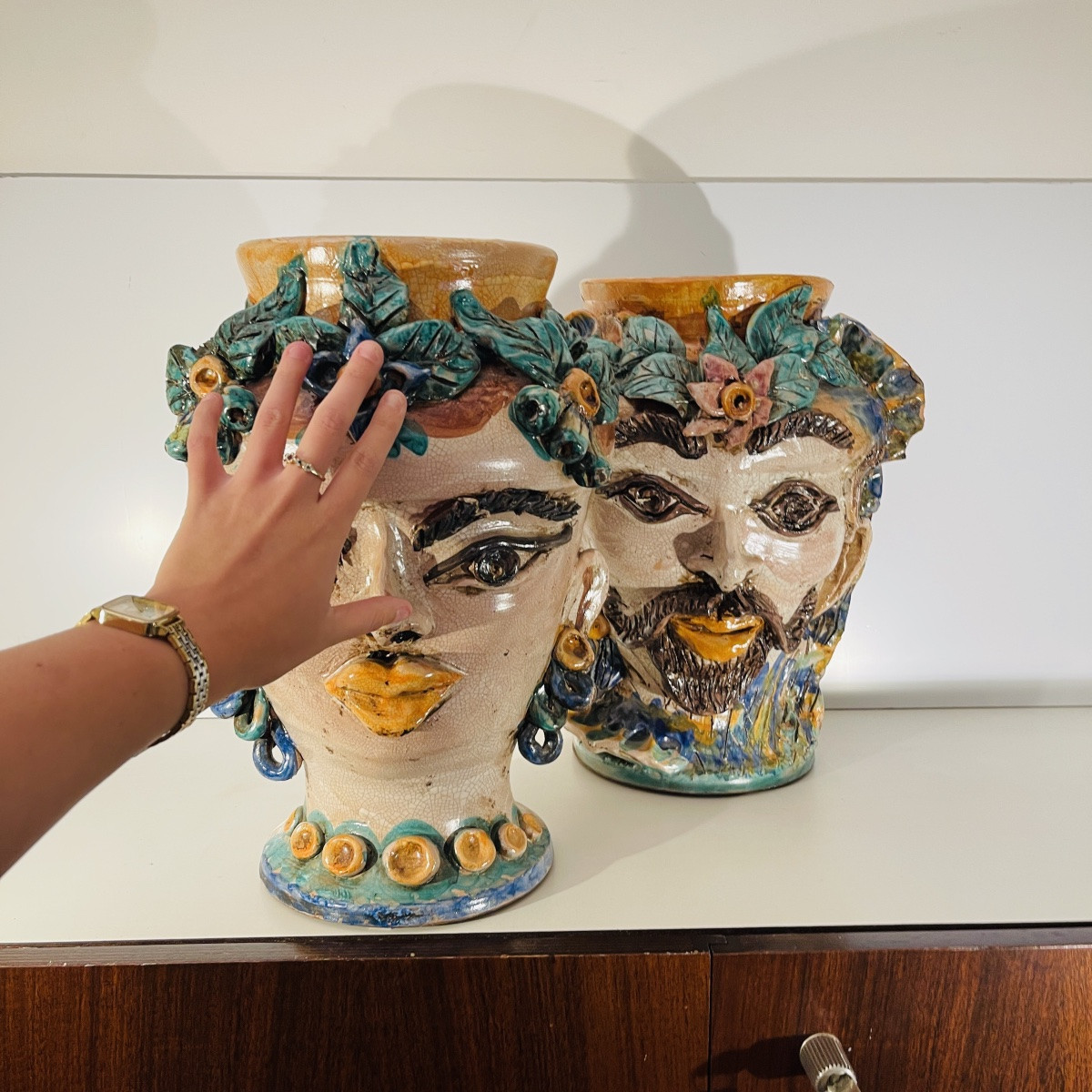
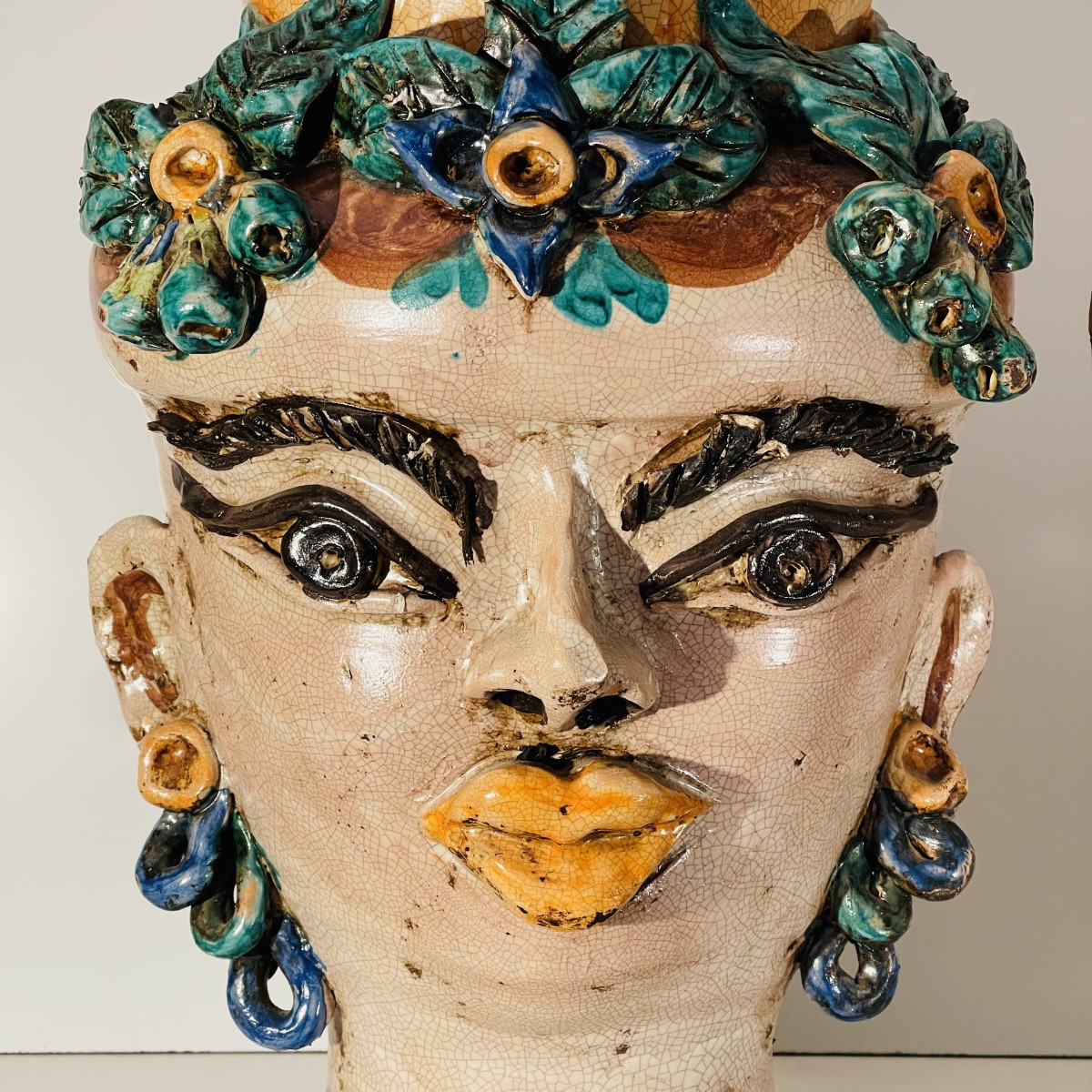
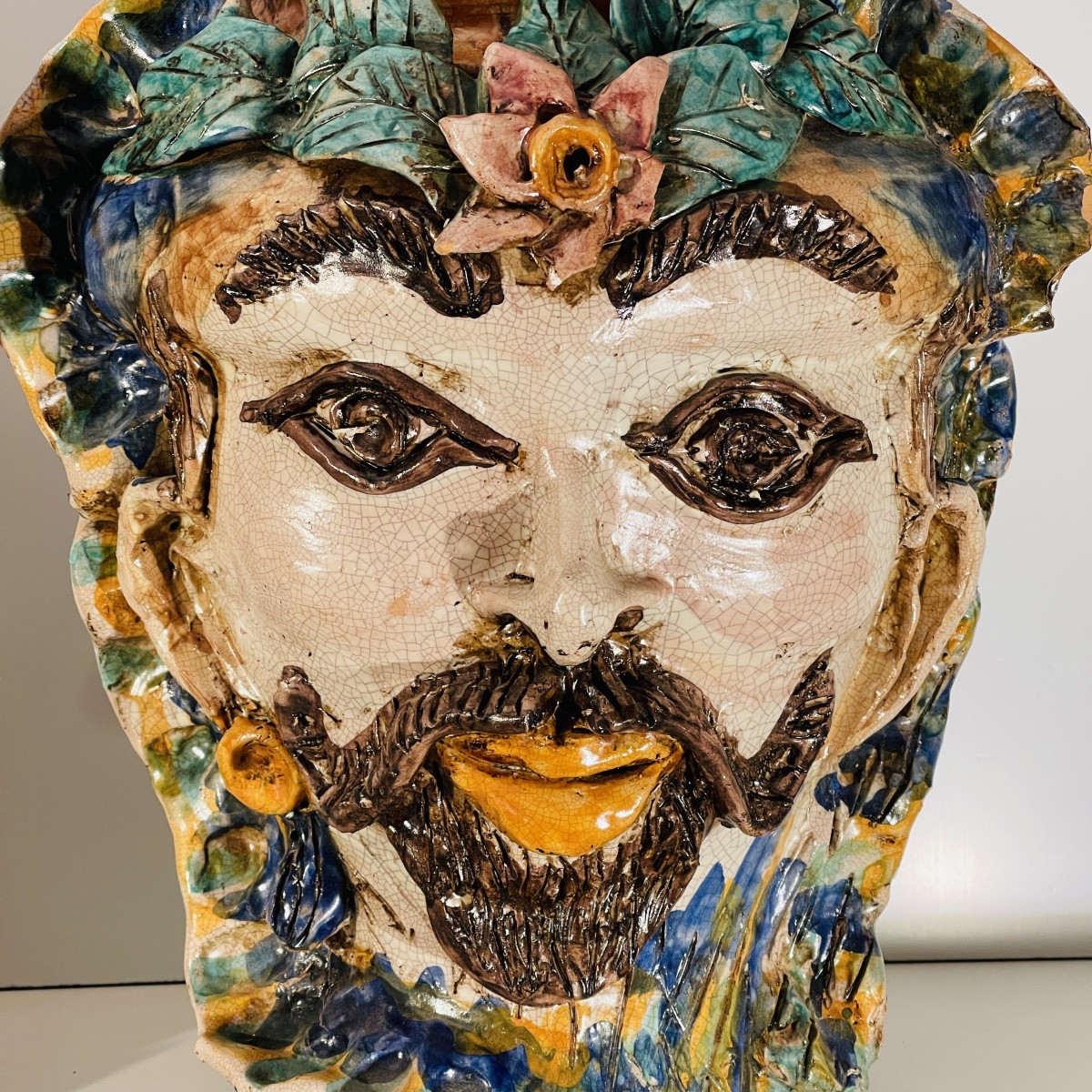
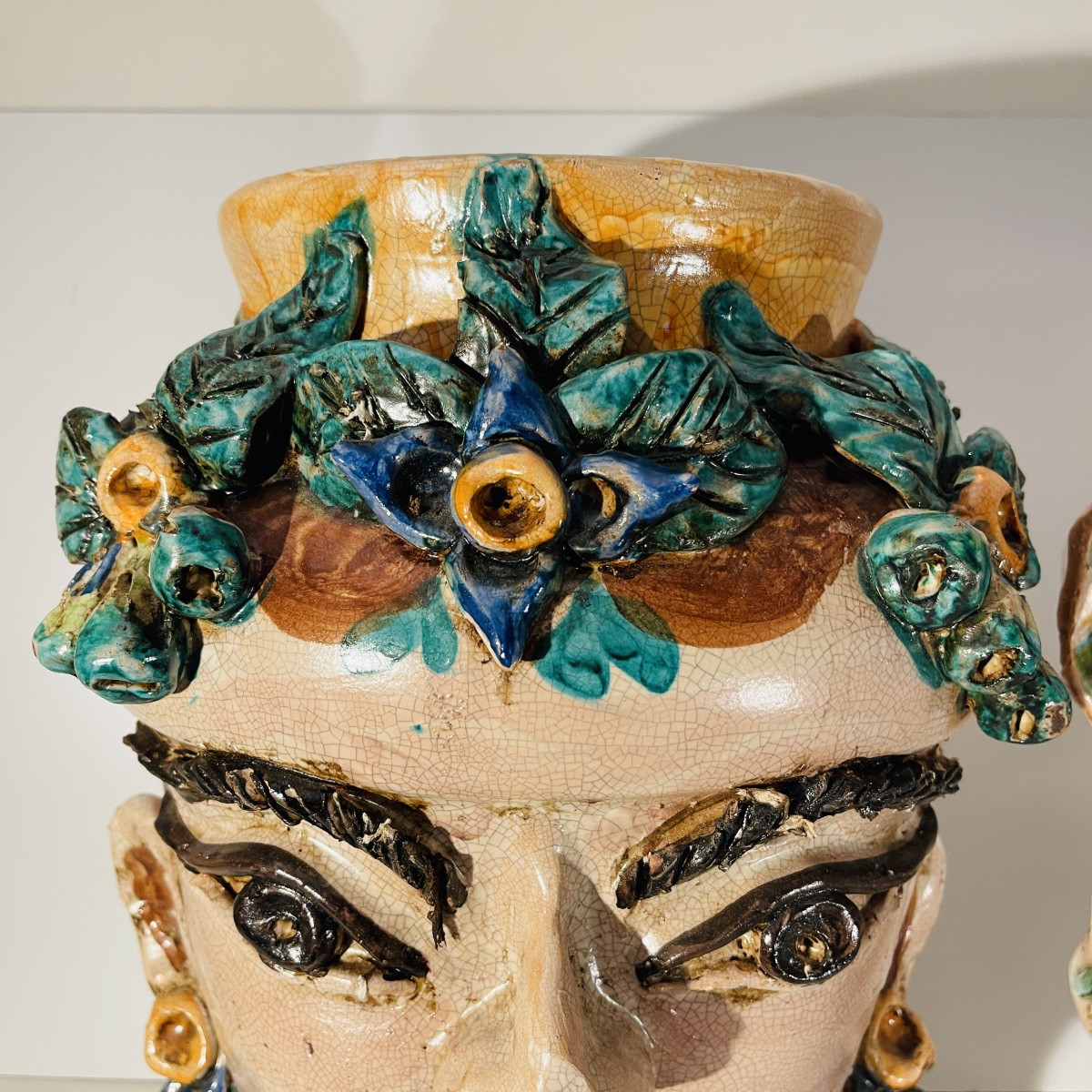

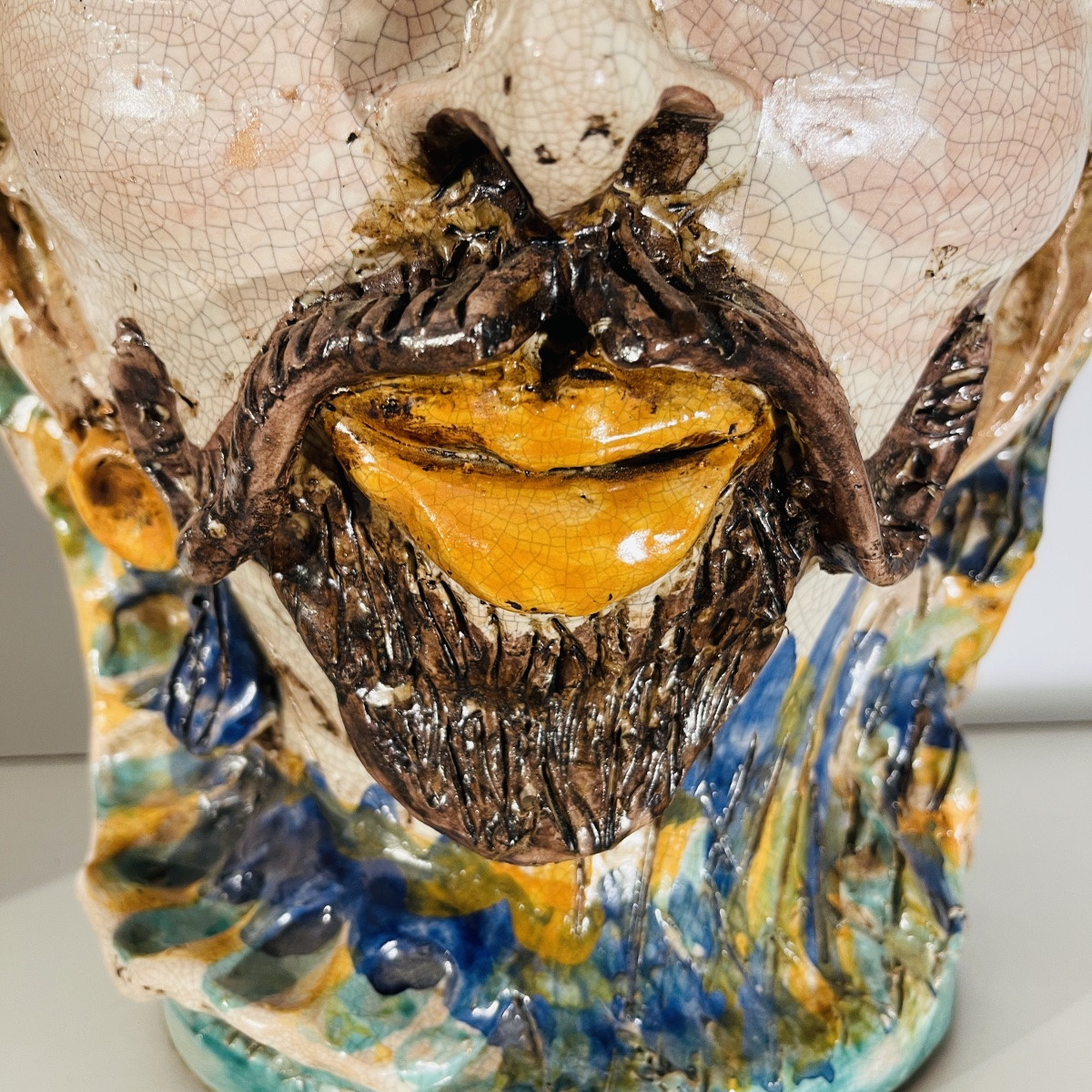

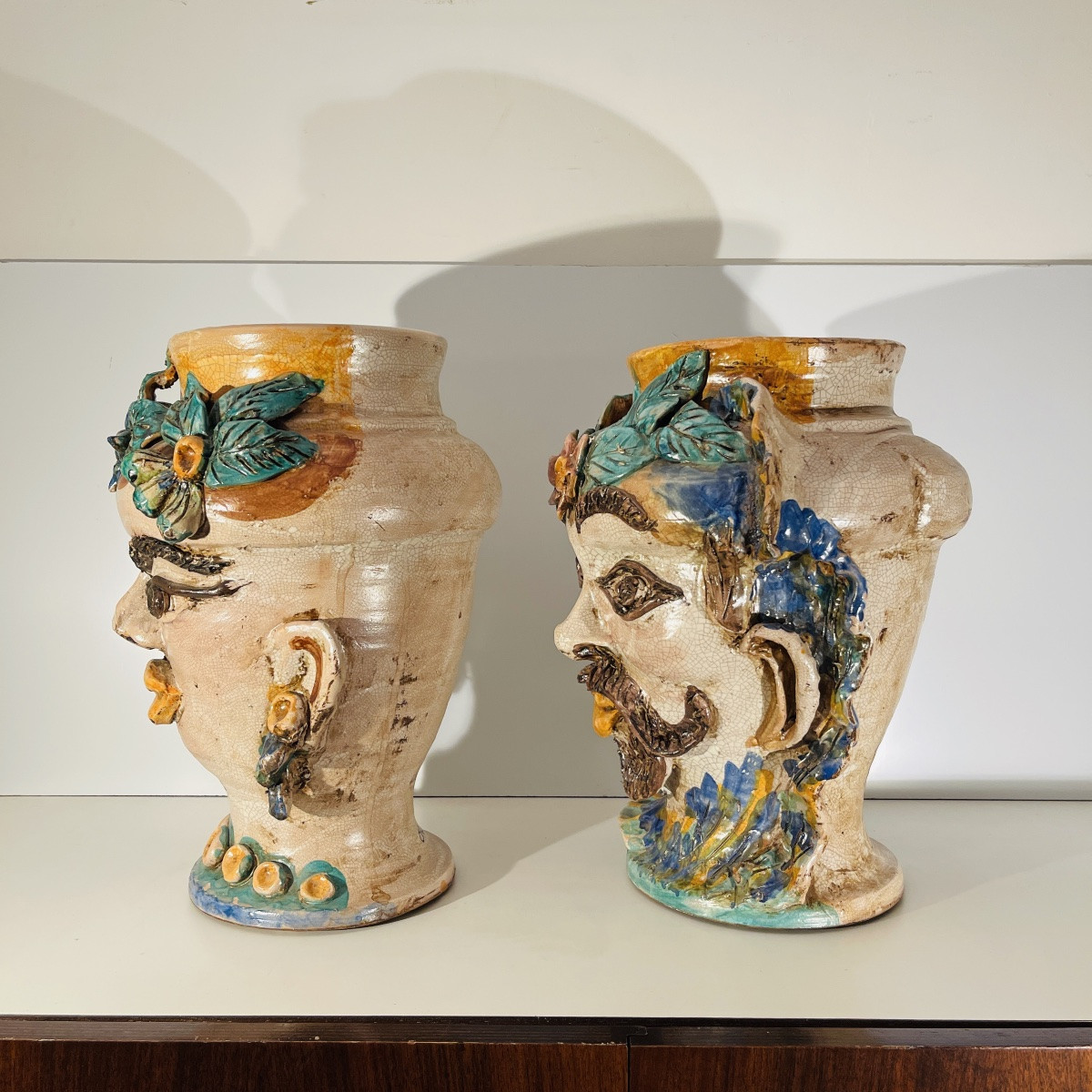


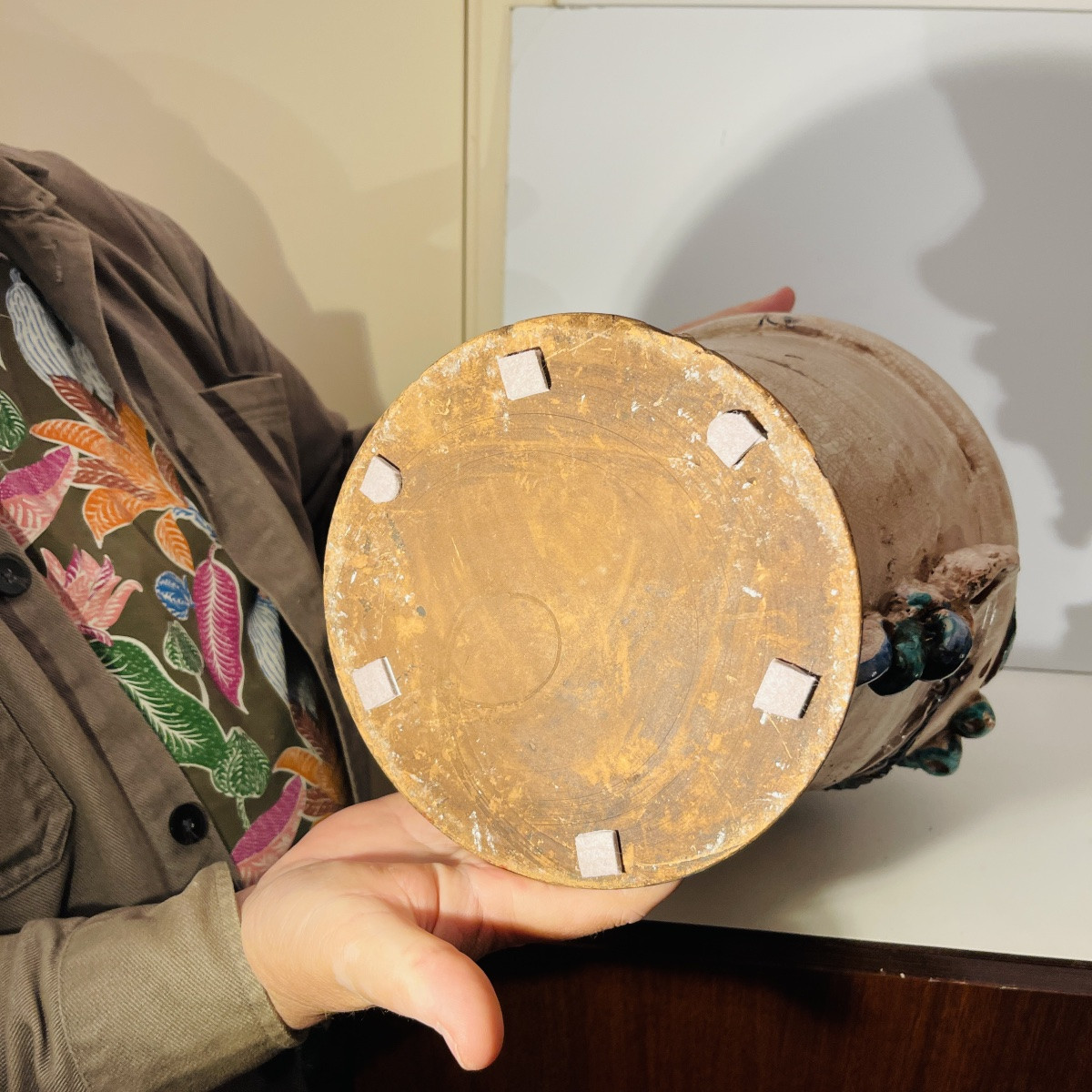




















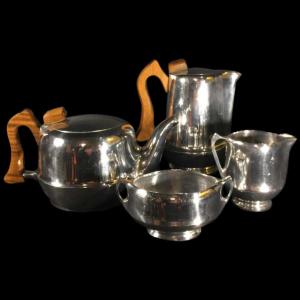



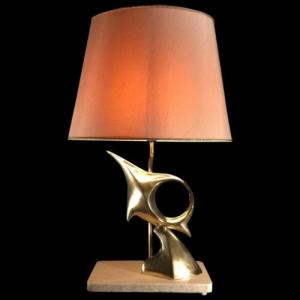







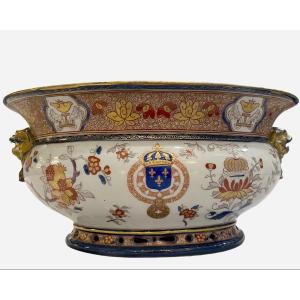



 Le Magazine de PROANTIC
Le Magazine de PROANTIC TRÉSORS Magazine
TRÉSORS Magazine Rivista Artiquariato
Rivista Artiquariato